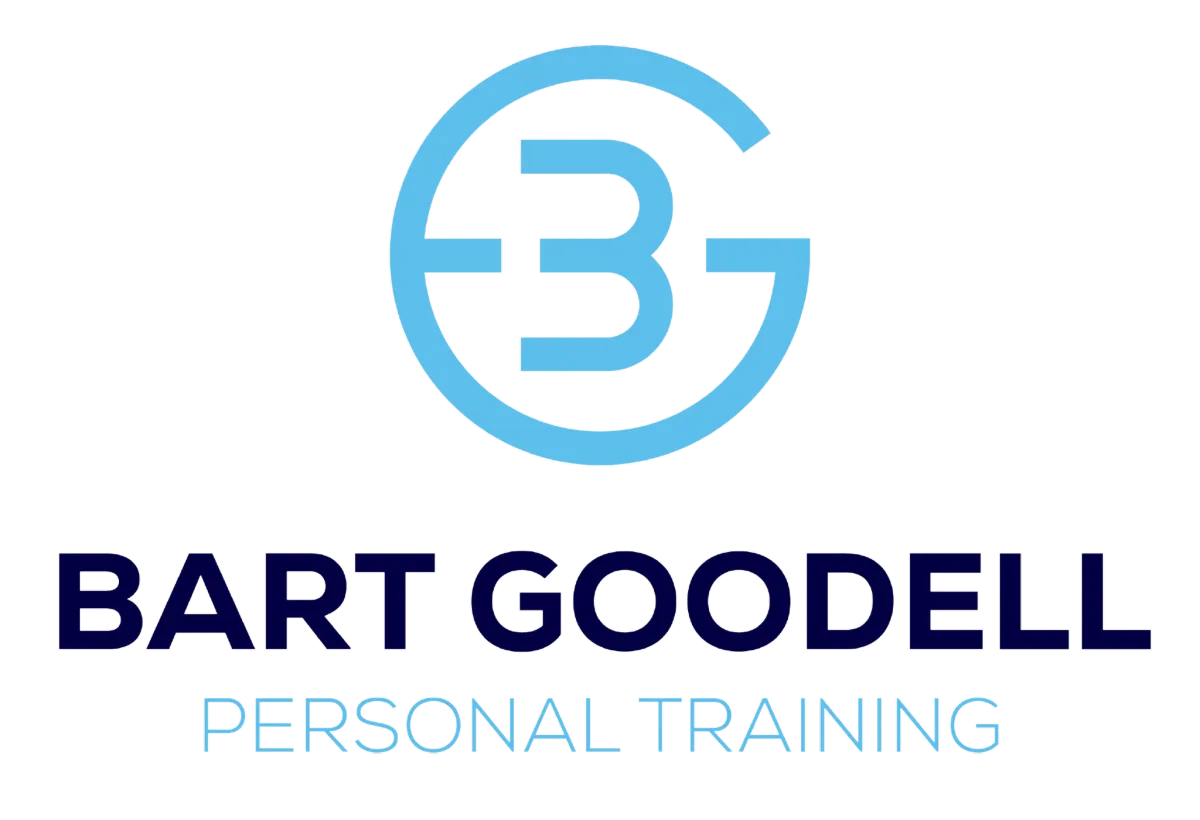Resources

Understanding Overtraining: A Blend of Personal Insight and Practical Guidance
Understanding Overtraining: A Blend of Personal Insight and Practical Guidance
Overtraining is a topic that's captivating yet often misunderstood in practical terms. While the definitions and symptoms are readily available through various sources like Wikipedia and medical dictionaries, there's more to it than just the clinical descriptions. My personal experience with overtraining spans decades, offering a perspective that might be helpful.
Here's a reality check: Being constantly sore and tired doesn't equate to effective training. It took me years to understand that overtraining was not a sign of progress but a barrier to it. Henk Kraaijenhof, a renowned sprint coach, once said, "Train as much as necessary, not as much as possible." This principle, introduced to me by my friend Chris Gaines, was not something I initially embraced. I used to be perpetually sore, uncomfortable, and often saw no gains for months—classic signs of overtraining that I unfortunately ignored for too long.
Through this journey, I developed my own set of rules to identify and counter overtraining:
Feeling cranky and constantly yawning? This is a clear sign you need more sleep.
Eager to train but lacking energy? Your diet might need a closer look.
Dreading the gym? This is a definite symptom of excessive training.
These symptoms are not subtle; they're clear indicators that something needs to change. Fortunately, they can be reversed with adequate sleep, proper nutrition, a day off, or a change in routine.
Another interesting observation is the pattern seen in health clubs. There's a surge in memberships every New Year, but a staggering 92% of these new members drop out by the year's end. Why? The reasons are multifaceted:
Beginners often lift too much weight or follow advanced routines without proper guidance.
Life stressors, such as work and family, are frequently underestimated.
Many people fail to recognize the increased nutritional needs that accompany exercise.
There's a tendency to rush progress, leading to disappointment and eventual burnout.
In the worst cases, this approach leads to injuries.
These issues often overlap, creating a complex web of reasons for quitting. This is where the guidance of an experienced trainer becomes invaluable. A good trainer can significantly increase the likelihood of long-term success, helping clients continuously improve in strength, flexibility, endurance, and balance, while also avoiding injuries.
It's important to remember that stress, whether emotional or physical, impacts our bodies. Jumping into a rigorous exercise routine without considering your current lifestyle almost guarantees overtraining. By using the rules I've laid out, you can identify early signs of overtraining before they become chronic.
Embracing a lifestyle change is a marathon, not a sprint. If you haven't exercised in years, expect to spend about a year getting into good shape. Being "in good shape" means being able to push hard and recover effectively. It's a journey that takes time, effort, and patience.
Testimonials
I am writing this letter to express my appreciation for what my personal trainer Bart Goodell has done for me during the past four years...
Bahram K.
Palo Alto, CA
Bart is an excellent trainer. I've had one before so I thought I had a good idea of what to expect. Bart has exceeded my expectations. Bart is more than just counting reps or pushing me to work harder.
Brent T.
Belmont, CA
Bart is the most knowledgeable and helpful trainer imaginable. With remarkable intuition for mechanics and healing, he has helped me rehabilitate both elbows (one after a break), a shoulder and an achilles...
Brooks F.
Cupertino, CA

Copyright © 2024 - Bart Goodell Personal Training.
Gym © 2020 . Privacy Policy





